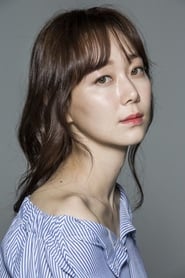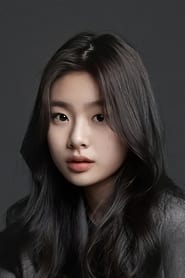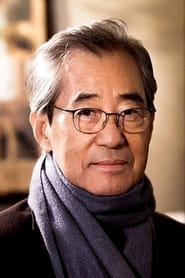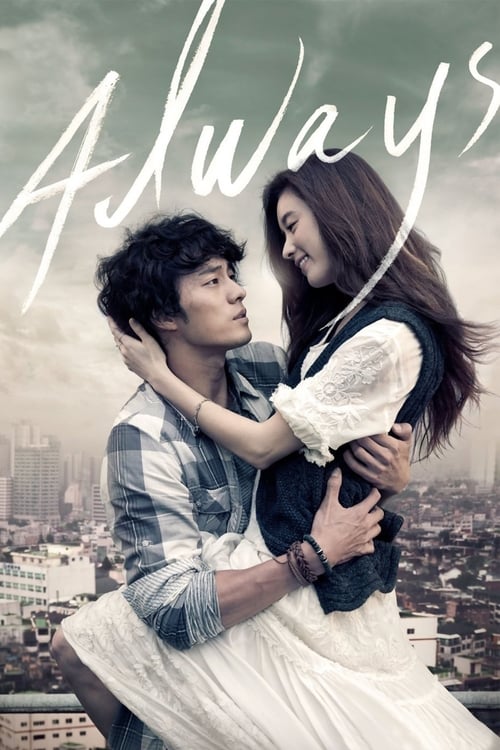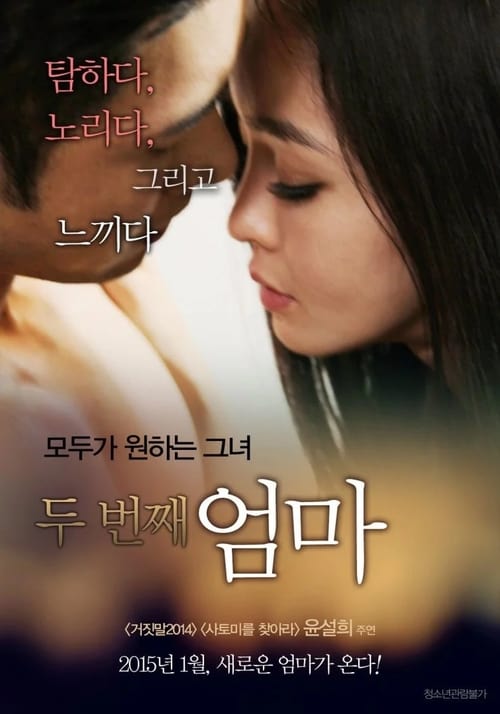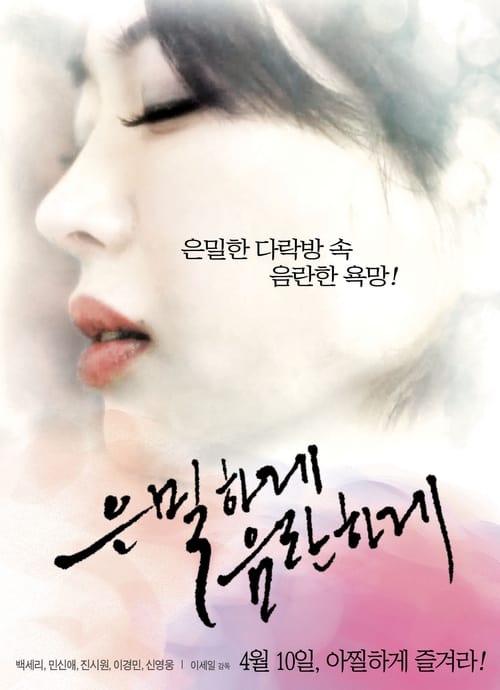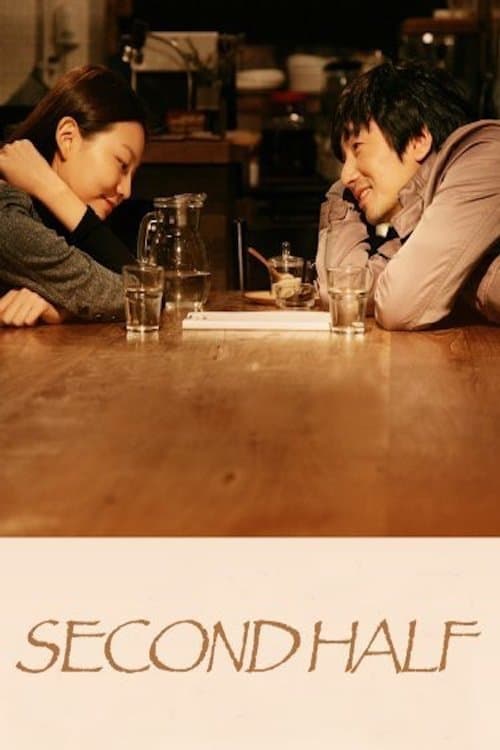
Ask Your Own Question
What is the plot?
What is the ending?
In the movie "Late Spring" produced in 2014, the ending sees the main character, a young woman named Toko, grappling with her feelings of loneliness and the pressure to conform to societal expectations regarding marriage. Ultimately, she decides to embrace her independence, choosing to remain single rather than succumb to the traditional path laid out for her. The film concludes with Toko walking away from a wedding ceremony, symbolizing her rejection of societal norms and her commitment to her own desires.
As the film approaches its conclusion, we find Toko at a crossroads in her life. The atmosphere is heavy with the weight of expectations, both from her family and society. The scene opens with Toko attending a wedding, a vibrant celebration filled with laughter, music, and the joy of love. The camera captures the bright colors of the decorations and the smiles of the guests, contrasting sharply with Toko's internal struggle. She stands apart from the festivities, her expression a mix of longing and uncertainty.
As the ceremony progresses, Toko's mind drifts to her own life choices. She reflects on her relationship with her father, who has been a significant influence in her life. Their bond is deep, yet it is tinged with the unspoken pressure for her to marry and settle down. The film flashes back to moments of tenderness between them, highlighting their close relationship but also the underlying tension regarding her future. Toko's father, a widower, has been supportive yet subtly hints at his desire for her to find a partner, which adds to her internal conflict.
The wedding ceremony reaches its climax, and Toko's gaze shifts to the couple exchanging vows. The joy radiating from the newlyweds serves as a stark reminder of the societal expectations placed upon her. As the couple kisses, Toko's face reflects a mixture of happiness for them and a profound sense of isolation. The music swells, and the camera zooms in on her face, capturing the turmoil within her heart.
In a pivotal moment, Toko steps outside the venue, seeking solace in the quiet of the garden. The lush greenery and blooming flowers symbolize the beauty of life and the choices that lie ahead. Here, she confronts her feelings of loneliness and the fear of being left behind. The sunlight filters through the leaves, casting dappled shadows on her face, mirroring her internal struggle between societal expectations and her desire for independence.
As the wedding festivities continue inside, Toko makes a decisive choice. She walks away from the celebration, leaving behind the laughter and joy that she feels disconnected from. This act of walking away is significant; it represents her rejection of the traditional path that has been laid out for her. The camera follows her as she strides confidently, her posture straightening with each step, symbolizing her newfound resolve.
The final scenes depict Toko embracing her independence. She is seen engaging in activities that bring her joy, such as painting and spending time with friends. The film closes with a shot of her standing alone in a sunlit field, a serene expression on her face. This image encapsulates her journey towards self-acceptance and the realization that her happiness does not have to conform to societal norms.
In summary, the ending of "Late Spring" illustrates Toko's journey of self-discovery and her choice to prioritize her own desires over societal expectations. The fate of Toko is one of empowerment as she embraces her independence, while her father remains supportive, albeit with a lingering hope for her future happiness. The film concludes on a note of personal freedom, leaving viewers with a sense of hope for Toko's journey ahead.
Is there a post-credit scene?
The movie "Late Spring," produced in 2014, does not have a post-credit scene. The film concludes its narrative without any additional scenes or content after the credits roll. The focus remains on the emotional journey of the characters throughout the film, particularly the themes of love, loss, and the passage of time, which are fully explored within the main storyline.
What is the relationship between the main character and her father?
The main character, Noriko, has a deeply emotional and complex relationship with her father, Shukichi. They share a close bond, characterized by mutual affection and understanding. Shukichi, a widower, relies on Noriko for companionship, while Noriko feels a strong sense of duty to care for him. This dynamic is central to the narrative, as it highlights the tension between Noriko's desire for independence and her father's wish to keep her close.
How does Noriko's perspective on marriage evolve throughout the film?
Initially, Noriko is resistant to the idea of marriage, valuing her independence and the life she shares with her father. However, as the story progresses, she begins to confront societal expectations and her own feelings about love and companionship. Her interactions with potential suitors and her father's subtle encouragement lead her to reconsider her stance, culminating in a poignant internal struggle between her personal desires and familial obligations.
What role do Noriko's friends play in her life decisions?
Noriko's friends serve as a catalyst for her introspection regarding marriage and her future. They represent societal norms and pressures, often discussing their own marriages and relationships, which prompts Noriko to reflect on her own life choices. Their conversations reveal the contrasting views on marriage and independence, influencing Noriko's eventual decision-making process.
How does the film depict the theme of generational conflict?
The film illustrates generational conflict primarily through the differing views on marriage and family between Noriko and her father. Shukichi embodies traditional values, desiring to see his daughter married and settled, while Noriko represents a more modern perspective, valuing her autonomy. This conflict is portrayed through their dialogues and emotional exchanges, highlighting the struggle between adhering to familial expectations and pursuing personal happiness.
What is the significance of the family gatherings in the film?
Family gatherings in 'Late Spring' serve as pivotal moments that reveal character dynamics and emotional undercurrents. These gatherings often highlight the warmth and closeness of Noriko and Shukichi's relationship, while also exposing the societal pressures surrounding marriage. They act as a backdrop for key conversations that propel the plot forward, showcasing the tension between tradition and modernity, and ultimately influencing Noriko's decisions about her future.
Is this family friendly?
"Late Spring," produced in 2014, is a film that explores themes of family, love, and the complexities of relationships. While it is not overtly graphic or violent, there are several aspects that may be considered potentially objectionable or upsetting for children or sensitive viewers.
-
Emotional Tension: The film delves into deep emotional themes, including loneliness, the passage of time, and the struggles of letting go. These themes may resonate strongly and evoke sadness or discomfort.
-
Family Dynamics: There are scenes that depict strained family relationships and the challenges of communication between family members, which may be difficult for younger viewers to understand.
-
Loss and Grief: The film touches on the concepts of loss and the emotional weight that comes with it, which could be upsetting for sensitive individuals.
-
Romantic Relationships: There are elements of romantic relationships that may not be suitable for younger audiences, including discussions about marriage and commitment.
-
Cultural Context: The film is set against a backdrop of cultural expectations regarding family and marriage, which may be complex for younger viewers to grasp fully.
Overall, while "Late Spring" is not explicitly inappropriate, its emotional depth and mature themes may require parental guidance for younger audiences.





